When it comes to wine, few things can captivate the senses and transport us to distant lands quite like a glass of red. Two prominent contenders in this world of deep hues and complex flavors are Tempranillo and Sangiovese. Hailing from two distinct corners of Europe – Tempranillo from Spain and Sangiovese from Italy – these grape varieties have captured the hearts of oenophiles worldwide.
With their own unique characteristics, histories, and cultural significance, exploring the battle between Tempranillo and Sangiovese promises a delightful journey through centuries-old traditions and terroir-driven expressions that will make any wine lover’s taste buds tingle with anticipation. So, let us dive into the world of Tempranillo versus Sangiovese as we unravel the nuances that make these two varietals shine in their own right.
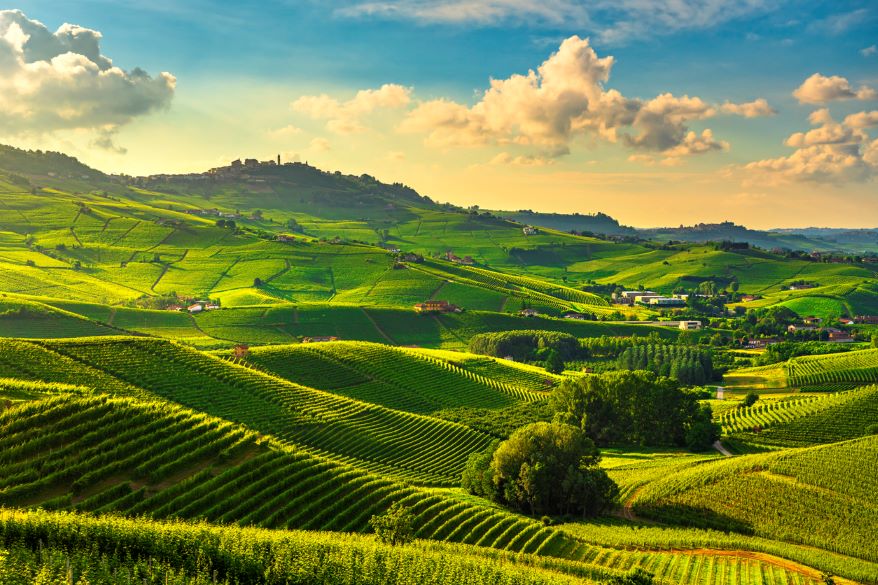
Understanding Tempranillo
Tempranillo is a red grape variety that hails from Spain but has gained popularity worldwide. Known for producing full-bodied and robust wines, Tempranillo is often described as having flavors of dark berries, cherry, plum, and leather. However, what sets this grape apart from others is its ability to reflect the terroir it comes from. Whether grown in the Ribera del Duero region or in Rioja vineyards, Tempranillo exhibits unique characteristics that are influenced by the soil composition and climate of each specific area.

One interesting aspect of Tempranillo is its aging potential. While many wines are best enjoyed in their youth, Tempranillo actually benefits from some additional time in the bottle. With a well-structured tannic backbone and good acidity levels, these wines can age gracefully for up to 10 years or more. This aging process allows the flavors to deepen and develop complexity over time, creating a truly remarkable tasting experience.

Moreover, despite being primarily associated with Spain, Tempranillo has made its way into other regions around the world with great success. In Portugal’s Douro Valley it goes by another name — Tinta Roriz — and plays a significant role in producing famous Port wines. Additionally, winemakers across Australia and Argentina have embraced this versatile grape variety to create their own unique expressions of Tempranillo.
Understanding Sangiovese
Sangiovese, often referred to as the blood of Jove, is a red grape variety that originates from Italy. Known for its versatility and distinctive character, Sangiovese is grown in various regions throughout the country, including Tuscany and Umbria. What sets this grape apart is its ability to take on different flavors depending on the terroir it is grown in. From light-bodied wines with bright acidity to full-bodied expressions with robust tannins, Sangiovese offers a wide range of possibilities for winemakers.

One fascinating aspect of Sangiovese is its ability to reflect the distinct attributes of each vineyard site it comes from. The soil composition plays a crucial role in shaping the wine’s flavor profile. For instance, wines made from grapes grown in soils rich in limestone tend to exhibit elegant structure and pronounced minerality, while those from clay-rich soils often showcase more power and richness. Additionally, Sangiovese can be influenced by climatic conditions, resulting in varying levels of ripeness and fruit expression.
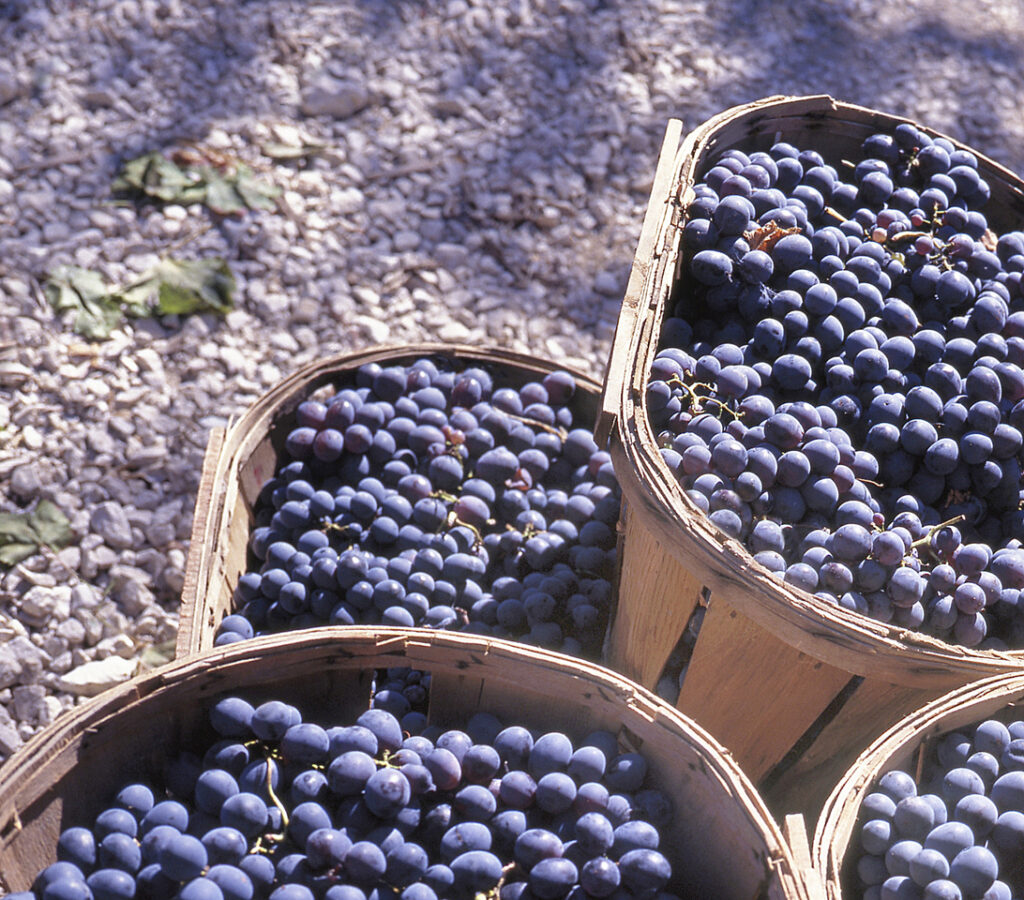
Furthermore, Sangiovese has proven itself as an excellent blending grape over centuries. It forms the backbone of many renowned Italian wines such as Chianti and Brunello di Montalcino. It contributes vibrant acidity and complexity when combined with other native varietals like Canaiolo or Colorino. This intrinsic quality makes Sangiovese an indispensable component that enhances the overall character and aging potential of these blends.
Similarities of Tempranillo and Sangiovese
Sangiovese and Tempranillo are two red grape varieties that are grown in different parts of the world. Nevertheless they share some remarkable similarities. Firstly, both grapes are known for their versatility and ability to reflect the characteristics of the region they are grown in. Whether it’s an Italian Chianti or a Spanish Rioja, Sangiovese and Tempranillo possess a unique ability to showcase the nuances of their terroir.

Another intriguing similarity between these two grapes is their distinct flavor profiles. Both Sangiovese and Tempranillo produce wines that often exhibit flavors of red fruits such as cherry and raspberry. These flavors are accompanied by savory notes like herbs, leather, and earth. Additionally, both grape varieties have moderate acidity levels that contribute to their bright and vibrant nature.
Differences of Tempranillo and Sangiovese
Sangiovese and Tempranillo, two renowned red grape varieties, offer distinct characteristics that captivate the palates of wine enthusiasts around the world.

Body and Acidity
Sangiovese, most famously associated with Italian wines like Chianti and Brunello di Montalcino, exudes an elegant and vibrant personality. With its high acidity and medium body, Sangiovese wines often showcase bright red fruit flavors such as cherry and strawberry. These are accompanied by notes of earthiness and dried herbs.
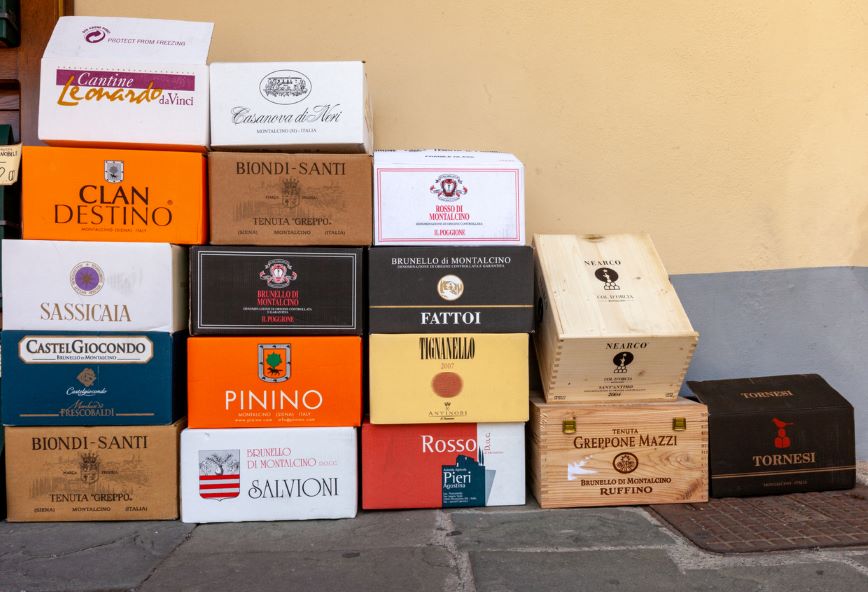
In contrast, Tempranillo hails from Spain’s renowned Rioja region as well as other parts of the country. This versatile grape offers a wide range of expressions depending on where it is cultivated. Generally speaking, Tempranillo tends to produce medium-bodied wines with moderate acidity.
Sweetness
When it comes to wine, sweetness is not always the first characteristic that comes to mind. However, in the case of Sangiovese and Tempranillo, their natural fruitiness can bring a touch of sweetness to the palate. Sangiovese, known for its high acidity and bright red fruit flavors, often has a subtle sweetness. This characteristic enhances its overall profile. On the other hand, Tempranillo tends to exhibit more complexity with flavors. They range from juicy blackberries to earthy notes of tobacco and leather, providing a deeper richness on the palate.

One could argue that Sangiovese’s sweetness is more pronounced due to its vibrant fruity notes and ripe tannins. Its cherry and strawberry flavors can give off an impression of natural sweetness when balanced well with acidity. In contrast, Tempranillo’s sweeter characteristics may come across as more subdued or layered amidst its robust structure. Its smooth texture allows for a gradual release of sweeter nuances as you savor each sip.
Tannins
One of the key differences between Sangiovese and Tempranillo lies in the level of tannins present in each variety. Tannins are organic compounds found in grape skins, seeds, and stems that contribute to a wine’s structure and mouthfeel. Sangiovese tends to have higher levels of tannins compared to Tempranillo, resulting in a more firm and structured profile. These tannins give Sangiovese wines a grippy texture that can be complemented with aging or softened through blending.
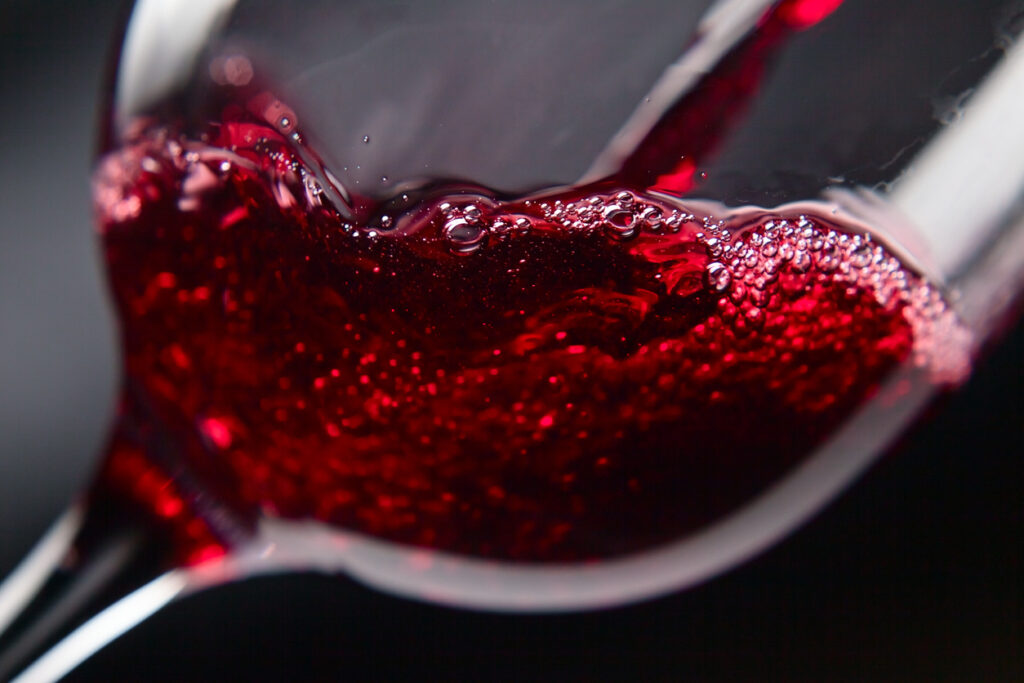
On the other hand, Tempranillo typically exhibits softer and smoother tannins. The lower levels of this compound make Tempranillo wines approachable at a younger age, with less need for extensive aging. This characteristic makes it an excellent choice for those seeking red wines that can be enjoyed without the need for long cellaring periods. Furthermore, the softer tannins allow the flavors of the fruit to shine through. This results in a fruit-forward profile with notes of cherries and plums.

Food Pairing of Tempranillo and Sangiovese
When it comes to food pairing, two red wine varieties that stand out for their bold flavors and versatility are Sangiovese and Tempranillo. Both wines have distinctive characteristics that make them an excellent match for a wide array of dishes.
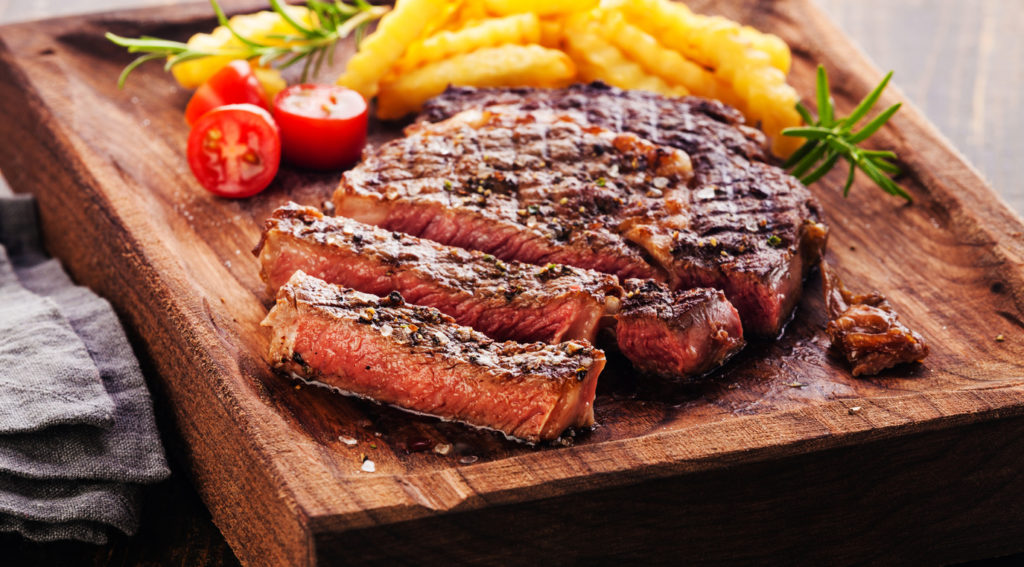
Sangiovese
With its high levels of tannin and acidity, Sangiovese pairs well with rich, hearty dishes. The bold flavors of this Italian grape variety can complement savory meat dishes like roasted lamb or steak in red wine sauce. Its acidity also makes it an ideal choice for tomato-based pasta sauces or tangy dishes like ratatouille. For a unique twist, try pairing Sangiovese with aged Parmesan cheese or sun-dried tomatoes to enhance the fruitiness of the wine.

Tempranillo
On the other hand, Tempranillo hails from Spain and showcases earthy tones and medium-to-high levels of tannins. This pairs marvelously with grilled meats like chorizo or spicy chicken skewers. Opting for traditional Spanish tapas such as patatas bravas or garlic shrimp can also bring out the best in this wine’s deep fruits and balanced acidity. For a surprising yet delicious combination, consider pairing Tempranillo with dark chocolate-covered cherries. The ripe fruit flavors will beautifully harmonize with the rich cocoa notes.

Conclusion
In conclusion, Sangiovese and Tempranillo are both remarkable red wine varieties that showcase the unique characteristics of their respective regions. Sangiovese, with its vibrant acidity and bright fruit flavors, is a perfect choice for those who prefer a lighter yet complex wine. On the other hand, Tempranillo offers a richer and more robust profile with notes of dark berries and leather. This makes it an excellent companion for hearty meals. Ultimately, the choice between these two varietals comes down to personal preference and the occasion at hand. Whether you’re enjoying a cozy night in or celebrating a special occasion, both Sangiovese and Tempranillo promise to deliver an exceptional wine experience.

